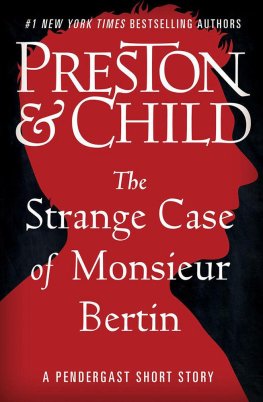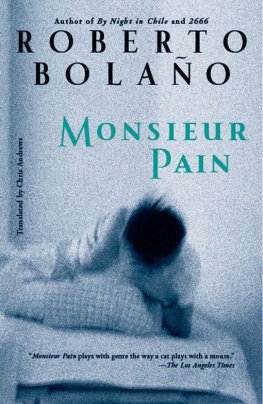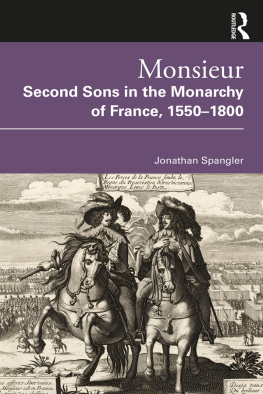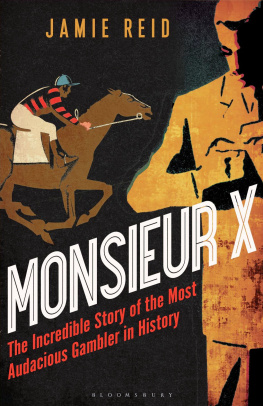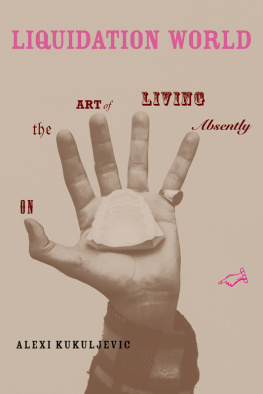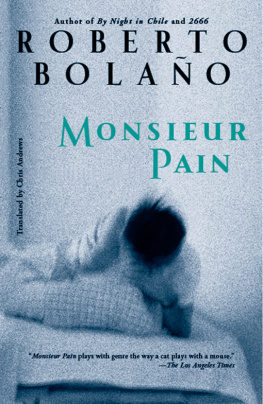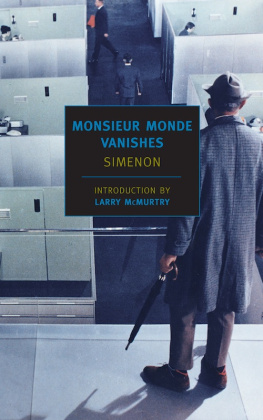Monsieur Teste
PAUL VALRY
translated from the French and with a note on Valry by JACKSON MATHEWS
PUBLISHED NOVEMBER10, 1947
CONTENTS
A note on Valry
Paul Valry's death in July 1945 had the same occasional necessity as the events of his life. It may be said in strict seriousness that he died at the right moment. France, with almost nothing left but her language reduced, it would seem, to her essential glory was in sad need of a hero. The moment and the need produced ... the death of Valry. His funeral, to the surprise of all outsiders, and with sudden, almost unintended ceremony and splendor, became an occasion of national mourning. All sorts of public honors (election to the French Academy, to a chair at the Collge de France) had made of this modest man, "poet of the intelligence," writer of difficult and illuminating little essays, somehow the official literary figure of his country, despite his protest that he was not really a man of letters at all. And I believe we shall see, when the impossible confusion through which he lived has been turned into a more possible past, that the figure of Paul Valry stands for his age, as Voltaire and Hugo stand for theirs. As hero and symbol of the mind he is of their stature and, even in his symbolic death, illustrates the only France of his time.
Valry was a southerner, meaning in France a Mediterranean man. His Italian mother and Corsican father lived on the quay-side at Ste, where he was born in 1871. Until he was grown he had hardly been out of ear-shot of the Mediterranean, and from that sea his sensibility absorbed the images and energies that stocked his memory: the harbor at Ste, the noise of dock machinery, the fishing boats, and the bed of bright fish-entrails under the green surface near the wharf; the old park at Montpellier darkened with Posque cypress trees; the aquarium at Monaco; the steep streets of Genoa, where he spent his vacations, and the powerful water he drenched himself in all summer. The old cemetery overlooking the sea at Ste, where Valry is buried, became in his mature imagination a great poem.
At school, boredom drove the boy's interests to architecture, poetry, mathematics, music, painting. He read Poe's Eureka, the poems of Mallarm, and studied mathematics and Wagner's music with passion. A chance meeting with Pierre Louys at Montpellier in 1890 brought him Paris, Andr Gide, and the decisive personal influence of his life, Stphane Mallarm.
Mallarm's work had given Valry a peculiar formative shock. These marvelous little "crystal systems," as he called Mallarm's poems, struck the terror of perfection into him. Reading them, he could feel nothing but despair ("beauty is that which makes us despair"). He was himself already writing some very good poems indeed, but now his mind was driven past poems themselves to wonder how these "crystal systems" were constructed; the one thing superior to a perfect poem, he thought, would be a full knowledge of how it was made. He was soon to give up writing poems himself and turn his intense powers to the study of "the preparation of those beauties," the generation of poems in the poet's mind. Valry was already coming into possession of his own and proper subject: the mind behind the work.
His decision to renounce poetry was very much like a conversion. The crisis came at Genoa, on a stormy night in August 1892: "A frightful night... my room brilliant with lightning... and my whole fate being played out in my head , .. between me and me." He decided to leave Montpellier for Paris, where he put up in a student hotel near the Luxembourg Gardens. His room was like a monk's cell, one picture (of a skeleton), and a blackboard always covered with mathematical equations. He was a favorite at Mallarm's Tuesday evenings.
Giving up poetry was by no means a simple matter. Valry had for some time felt in literature and art certain serious inadequacies. They did not satisfy the range of his demands to know himself and the world; as method they were too vague, as instruments they were not precise. He was powerfully drawn to mathematics and the exact sciences, to the possibilities of precision, the means of discovery he saw in many branches of knowledge. His rejection of poetry was thus a manner of freeing his mind of an exclusive preoccupation, a manner of clearing his head for the application of new intellectual methods an acquisition of freedom. Already the range of his interests, the erudition he turned into resources of wit, the serious meanings at play in his gaiety and personal charm, astonished and fascinated the young poets and littrateurs who were his friends.
But his new freedom was not easy. Valry now felt in himself the conflict between several visions of the world demanding to be reconciled. He admired Mallarm's solution: to make of poetry a metaphysicsconscious control of the poetic processes carried to the point of heroism. In Poe's Eureka he found, to our surprise in America, one of the century's great efforts to solve the conflict by turning scientific vision into poetry. But it was in Leonardo that Valry found the great instance of the whole mind, the mind that had mastered all the arts and sciences, turning them all into instruments of his power. This resolution of an old conflict furnished the theme of the best of Valry's early prose, in particular two pieces he never ceased to meditate on the rest of his life: An Evening with M. Teste (1894), and his Introduction to the Method of Leonardo da Vinci (1894-5).
The death of Mallarm in 1898 struck Valry a paralyzing blow. Whether this was the cause or not, the fact is that he now abandoned writing altogether and entered a period of study and inner cultivation of his powers that was to last for nearly twenty years. It was during this part of his life that he developed the habits of work that were so much an expression of his mind: the practice of rising at five in the morning to take notes on the coming of consciousness. For more than forty years this man was up before day, and after a cup of warmed-over coffee, was at his desk noting every nuance of the double dawn staining his window and himself. The notebooks he filled in this way with drawings, meditations, figures, water-colors, scraps and scribblings from the whole life of a great mind at work, now fill the bookshelves of his former study. Their publication, difficult certainly, may yet discover an intellectual mine.
Valry returned to the practice of poetry at the insistence of Andr Gide during the first World War. His first "exercise," as he called it, elaborated over a period of several years and finally published in 1917, took fame by a "poetic coupd'tat." This was La Jeune Parque. Within the next five years he added the small body of perfect poems that made him the most authentic poet living. "Of all the poets, in any language, of the last thirty years," said T. S. Eliot recently, "... it is he who will remain for posterity the representative poet, the symbol of the poet, of the first half of the twentieth century not Yeats, not Rilke, not anyone else."
Valry saw everything from the point of view of the intelligence: tout par rapportl'intelligence. The mind, so often said to be his subject, might better be called the controlling metaphor of his work, for like all great subjects this one led into the whole world. If Valry's preoccupation was the pursuit of consciousness, no one knew better than he that the pursuit began in himself, and led through man, the world, and history. "How long will it take us," says Lon-Paul Fargue, "to see that Valry spoke of just those things men own in common, the least fragile of things: the sky, the sea, beauty, change and the moveless, the taste for solving enigmas, and the great art of being wary of what is called the new." Yet, whatever Valry was discussing, whether it was Greek geometry, Europe, myth, Descartes, or poetry, his deep concern was always with some maneuver, some possibility, method, or situation (often tragic) of the mind, he looked at seashells, studied mathematical physics, went to a ballet, read Poe, or waked early in the morning, all to the same end, to get the light from these diverse angles, times, and objects upon his obsessive center: the conscious mind.
Next page

